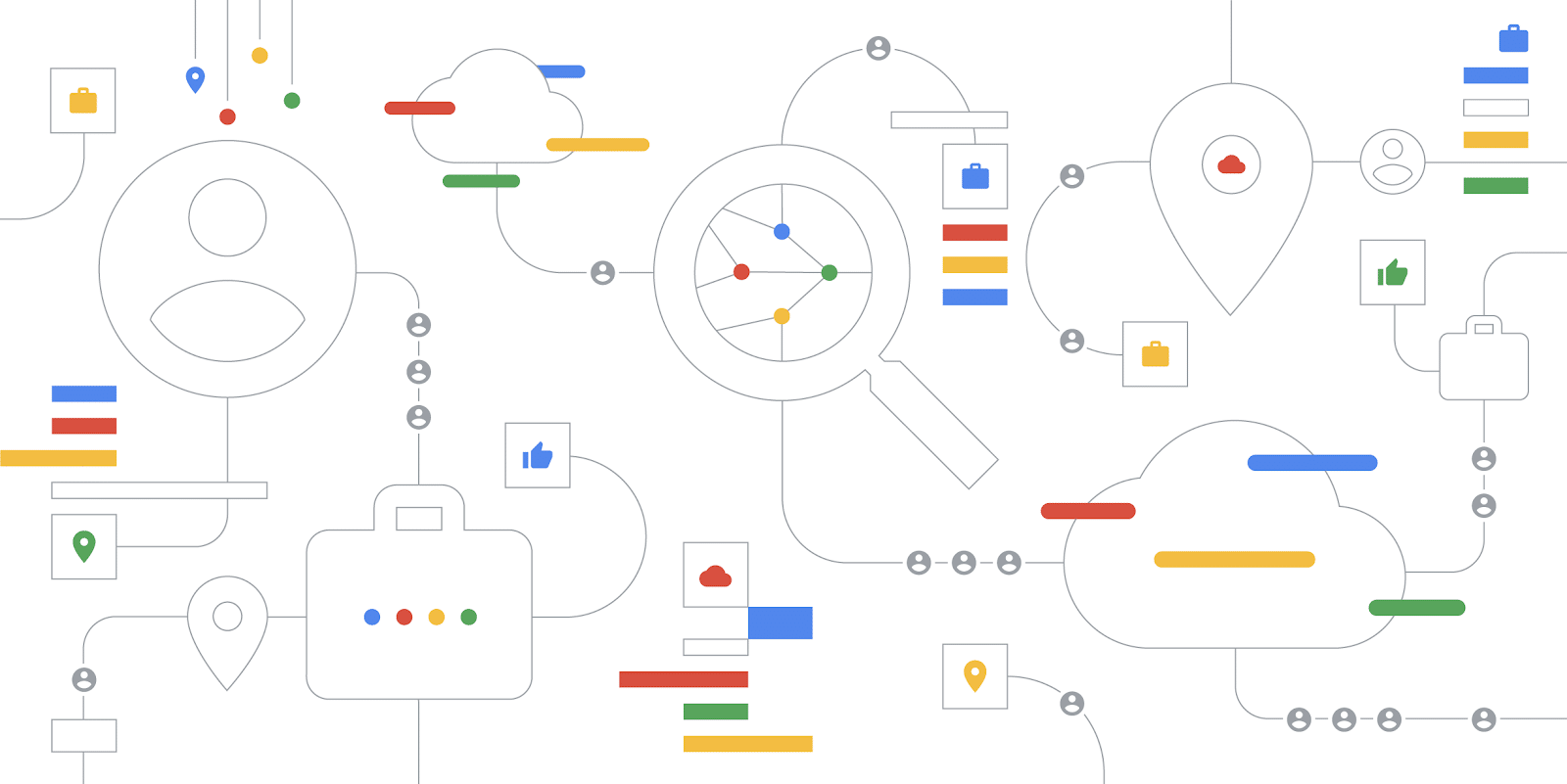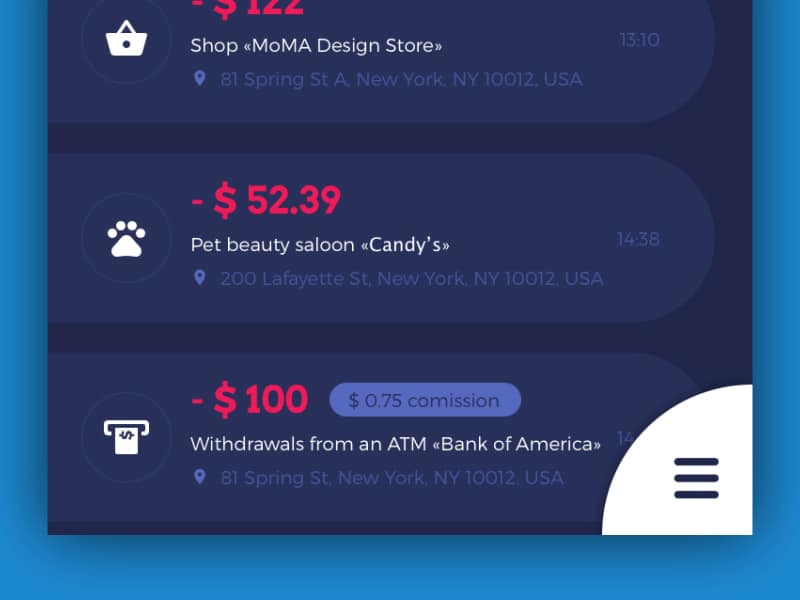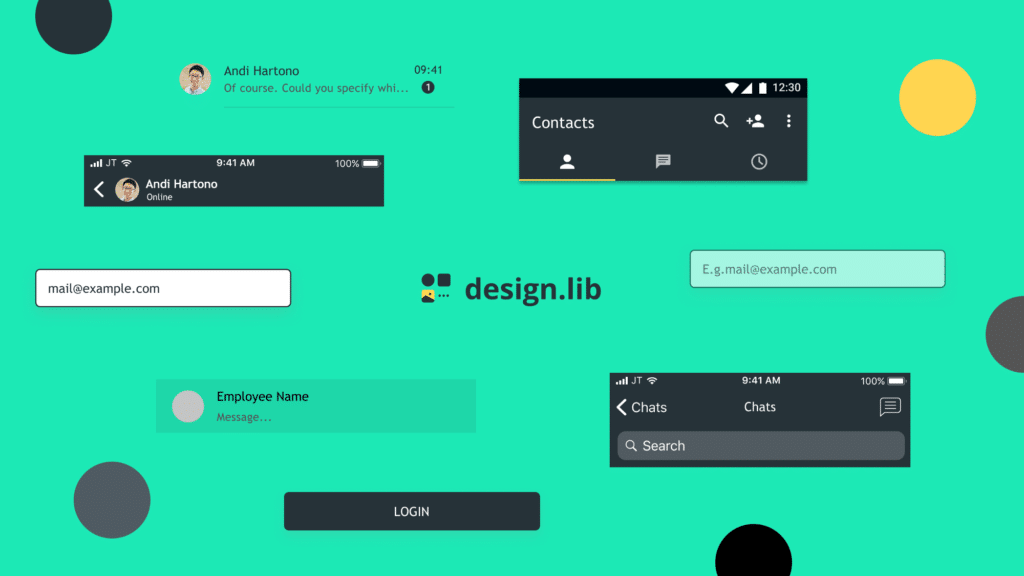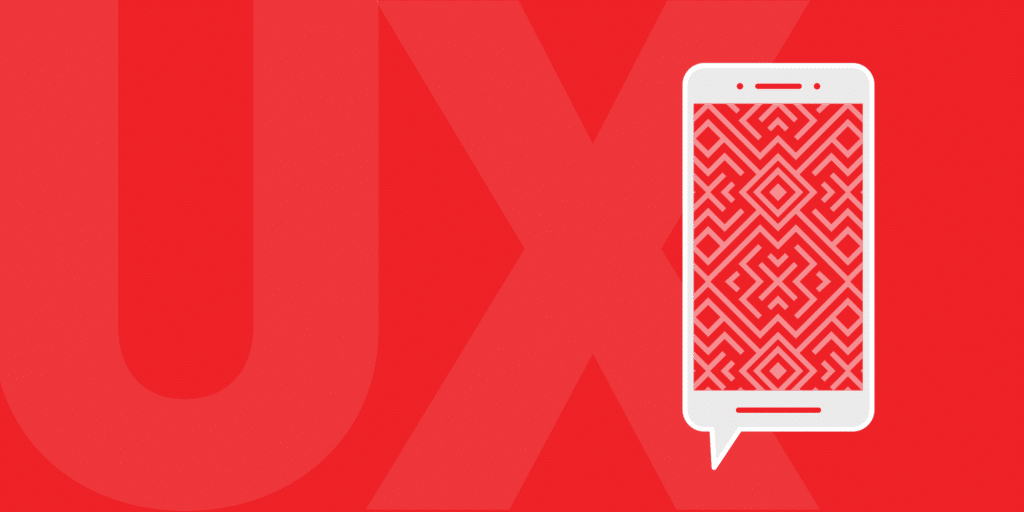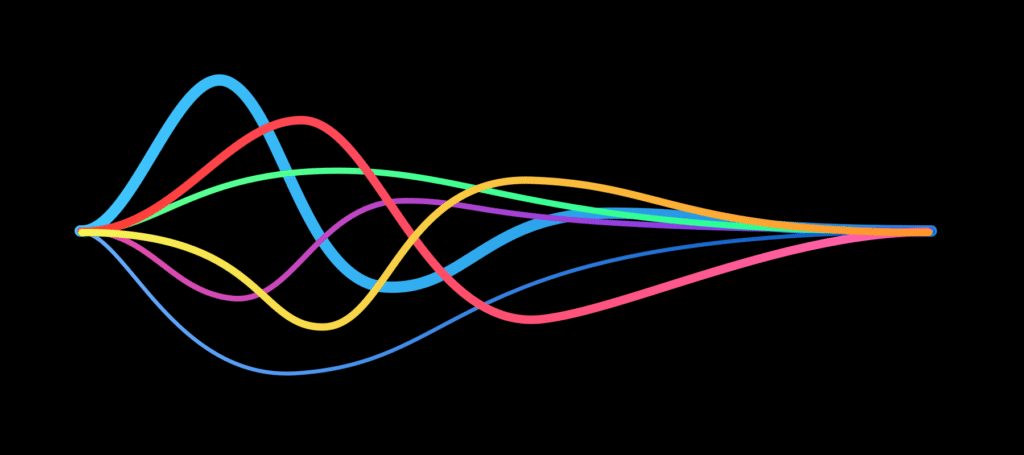At Google Cloud my job is to reimagine enterprise — the tools we build and how we design them. Traditional enterprise products don’t reflect how people work — our pain points, our tasks across the workday, our desire to stay a step ahead. They lack human-centered design. They lack AI.
Before coming to Google, I spent much of my career wrestling with traditional software systems. They were meant to help me work more efficiently but instead, slowed me down. This experience inspired me to build products that elevate people at work, freeing their time for what humans do best — tapping into the social intelligence that builds relationships and solves problems.

Human-Centered Design and AI Principles — for Enterprise
Human-centered design paired with human-centric AI is key to the future of work. Together, they reflect thoughtful understanding of the critical user journeys of what people do every day. Together, they automate what humans don’t want to do, freeing people at work to solve creative problems, build relationships, and catalyze possibilities.
My team and I developed 3 foundational human-centered design AI-for-enterprise principles. These principles informed our approach to the tools and products we designed for millions of people around the world.
AI in enterprise products should be designed to:
- enhance what people can achieve at work
- anticipate what people need at work
- reduce bias and increase opportunities
These principles ensure that AI informs enterprise in ways that place people first.
Change is a Constant
The nature of work is changing. This change is evident in professional and vocational education, in job descriptions and in job titles themselves. My job — Director of User Experience Design at Cloud — didn’t exist when I entered the workforce years ago. I drive our user experience vision — a process that involves examining how AI can enhance what people can accomplish at work.
By 2030, one-third of jobs will require skills that aren’t common — and likely don’t exist today.
Change brings challenge — and opportunity too. My UX Design team and I recognized that a shift in the nature of work was occurring several years ago. We seized the chance to redefine the future of business apps. We began with the power of machine learning and data services to build new, more powerful, and effective search experiences for jobseekers and for employers.

Design for Opportunities
Everyone in the workforce is at some point a jobseeker, and every organization with employees has to hire. More than 6 MM open positions exist in the U.S. and 6 MM people are changing roles at any one time, according to the Washington Post. Yet 46 percent of U.S. employers have trouble filling open positions. The value of getting the right person into a role is huge. Yet systemic fails are the rule.
Our design challenges were complex. My team of UX designers, UX researchers, UX content strategists, and I addressed them over time using human-centered design methods.
We began by focusing on users.
We went to workplaces across industries to observe people and their challenges in real time. We spent thousands of hours in contextual inquiry — the practice of gathering field data experientially — with people on both sides of the employment divide. We began to deeply understand their perspectives, their pain points, and their goals.
We designed an ecosystem of opportunity — one that enables widespread, positive societal change. It’s powered by human-centered design and human-focused AI. Jobs are the nexus.
Google for Jobs is our commitment to use our products to help people find work. We want to better connect employers and jobseekers. -Sundar Pichai
Train AI for Opportunities
Google’s Chief Scientist Fei-Fei Li shared at Next ’18 that AI has the power to revolutionize every industry — from retail to healthcare. So true — and yet as Cloud Talent Solution product manager Geordy Kitchen points out: many industries haven’t yet adopted AI. They need the right expertise, the right hardware, and access to the right types and quantities of data to train machine learning models.
It’s not easy to apply AI to specific business use cases. But we wanted to do just that. We knew that successfully addressing the use cases of job seekers and recruiters — two sides of the employment challenge — offered opportunities to improve lives at scale.
Google Search. Together with the Search team, we designed job search directly on Google Search, giving millions of job seekers access to up-to-date job descriptions as well as information about companies, salaries, commute-times, and more.
Cloud Talent Solution. We designed Cloud Talent Solution, offering plug-and-play access to Google’s AI and search capabilities, to help large companies find talent faster. Job boards like CareerBuilder, employers like Johnson and Johnson, and thousands of other job boards and career sites use it.
Hire. We designed Hire, a recruiting app that integrates with G Suite, to help small and medium-sized businesses hire faster, smarter, and as a team. Within a year of launch, Hire landed a large, diverse and geographically broad customer base — and it’s growing.

Cloud Talent Solution
With Cloud Talent Solution, we offer Cloud services that plug into talent acquisition technology, enabling enterprise to find talent using trained and refined AI. It reduces cost per hire, speeds time to hire, saves time, and improves the experience of both recruiters and job seekers. The training data for this matching engine is derived from public data — millions of resumes and job descriptions posted on the web — and is designed to detect and avoid introducing bias.
Our AI is trained to interpret vagueness and synonyms in any job description, job search query, or profile search query. Using confidence scoring based on broad categories (construction) and more specific occupation families (carpet installer, floor layer, etc.), our AI makes the right semantic connections to employers looking for the right candidates and vice versa. A search for “front-end engineer” for example, surfaces candidates with HTML, CSS, and JavaScript skills (no need to use Boolean).
Cloud Talent Solution AI extends even farther. Veterans, for example, can search by U.S. military occupational speciality code to get a list of open civilian jobs that align with the skills they acquired while serving in the military. This means transitioning service personnel can enter their U.S. military occupational specialty code into an employer’s job search bar and expand their opportunities.

Jobs
The job search feature is used for job searches in more than 100 languages. It’s globally homed so it’s fast anywhere in the world. Job boards like CareerBuilder use this feature.
Profiles
Past candidates are the best source of talent after referrals. With profile search, organizations can easily identify and re-engage great candidates already in their database.
